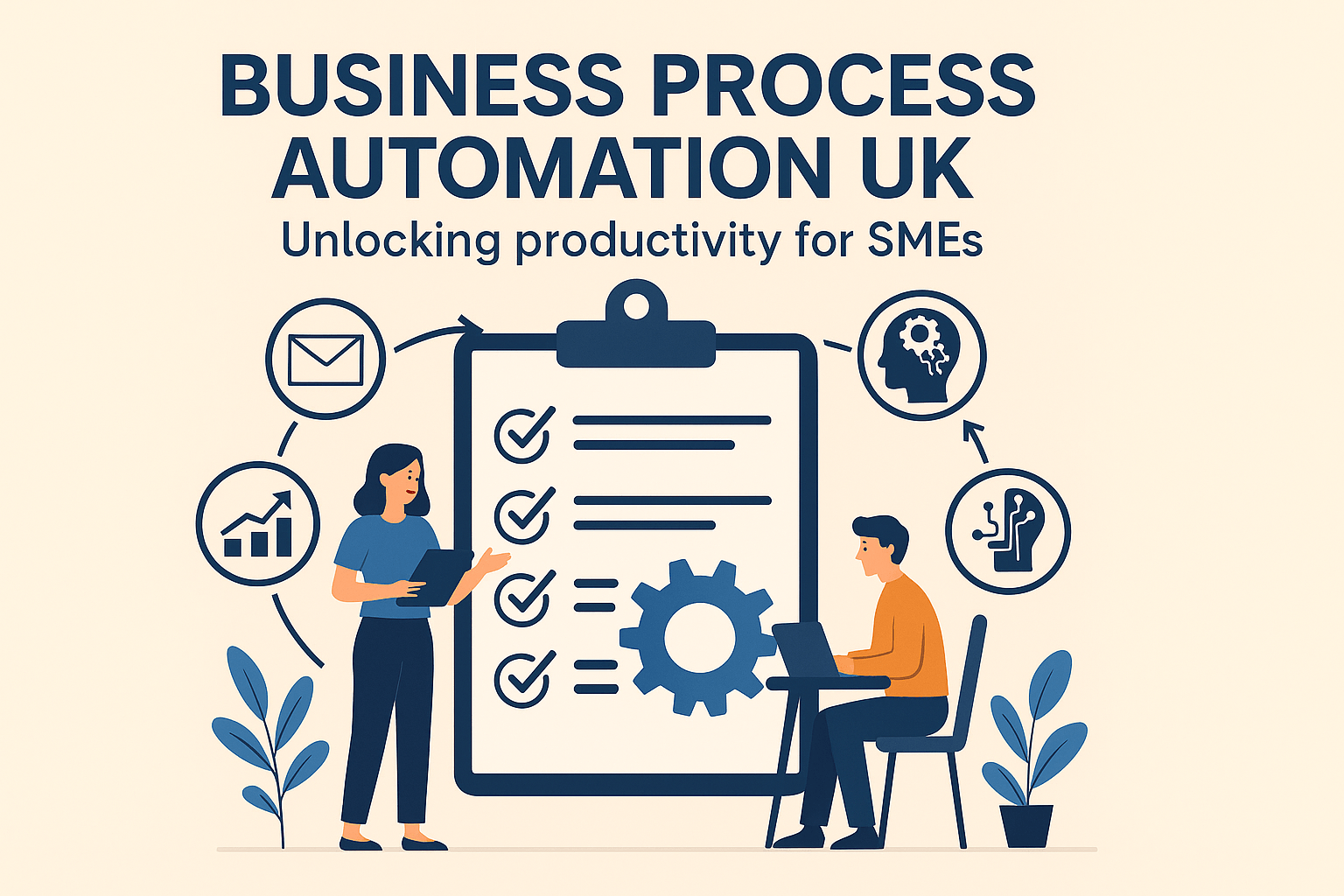Custom GPTs provide tailored AI solutions that align with your unique goals, offering enhanced
efficiency, user satisfaction, and operational scalability. This guide outlines the benefits of creating a
custom GPT and the step-by-step process for using OpenAI’s tools.
Why Create a Custom GPT?
Key Benefits
1. Tailored Performance
- Build an AI that speaks your brand’s language, understands your industry, and serves
your specific needs.
2. Operational Efficiency
- Automate repetitive queries, streamline workflows, and free up time for more
strategic tasks.
3. Improved Customer Experience
- Provide accurate, context-aware responses to ensure better engagement and
satisfaction.
4. Cost-Effective Scalability
- Custom GPTs can handle high volumes of work with consistent quality, reducing the
cost of scaling.
5. Innovative Edge
- Leverage advanced AI capabilities customised to your niche, staying ahead of competitors.
How to Create a Custom GPT
Step 1: Get Started on OpenAI
1. Log in to your OpenAI account at OpenAI.
- If you’re new, sign up to access OpenAI’s tools.
2. Navigate to the Explore GPTs section on your dashboard.
Step 2: Create Your GPT
1. Click on Create a New GPT to begin.
2. Fill in the details:
- Name: Choose a name reflecting your GPT’s purpose.
- Description: Briefly outline what the GPT will do, e.g., “Handles customer FAQs about our products.”
Step 3: Configure Behaviour
1. Write Clear Instructions, set rules for how your GPT should behave. Examples:
- “Respond politely and professionally to all queries.”
- “Provide concise explanations about legal topics.”
2. Customise the System Prompt. Add specific guidelines to influence its outputs. For instance:
- “You are a friendly tutor explaining basic accounting principles to beginners.”
Step 4: Fine-Tune the GPT (Optional)
1. Upload Relevant Data:
- Use domain-specific datasets to train your GPT, ensuring it excels in your area of
focus.
2. Test Responses:
- Enter prompts and evaluate how well the GPT aligns with your needs.
- Refine your instructions or dataset based on feedback.
Applications of Custom GPTs
- Retail and E-Commerce: Personalised shopping assistants and order support.
- Education: Interactive tutors for specific subjects or learning goals.
- Healthcare: Virtual assistants for patient guidance and FAQs.
- Content Creation: Automating blog posts, marketing copy, or social media content.
- Customer Support: Handling FAQs or managing initial client interactions.
AI Elevation’s Pro Tips
- Start Small: Begin with simple tasks before expanding your GPT’s capabilities.
- Focus on Quality Data: Better training data leads to better performance.
- Iterate Often: Test regularly and make improvements based on feedback.
- Align with Goals: Ensure your GPT’s behaviour matches your business objectives.
Conclusion
The AI Elevation Guide empowers you to create a custom GPT perfectly aligned with your needs.
Whether you want to enhance customer interactions, automate workflows, or innovate within your
industry, a tailored GPT is the key to unlocking AI’s potential. Follow these steps to develop and
deploy a GPT that elevates your business to the next level.
For more support, contact AI Elevation Ltd, your partner in smart AI solutions!



